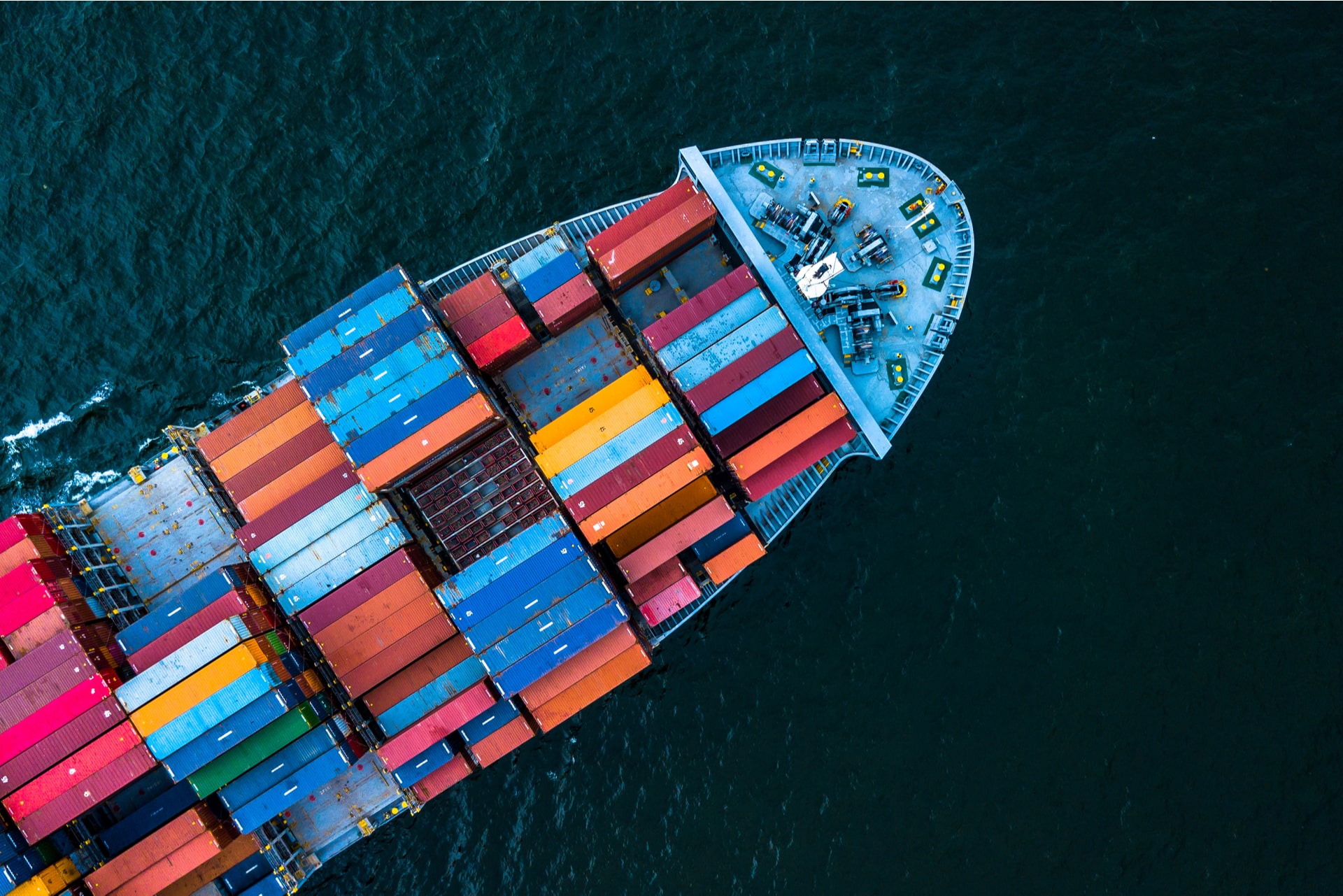When shipping products locally or internationally your company has several options at its fingertips. In the interest of your bottom line, it’s always a good idea to branch out and explore some of the different methods other than standard shipping.
Less-than-Container-Load shipping, also known as LCL shipping, is a sea-freight shipping method that may be cost-effective for your shipping needs.
Let’s dive deeper into how LCL shipping works, the pros and cons of the method, and how GFS logistics can help you make the right shipping decision with every shipment you plan out.
What is LCL Shipping?
LCL shipments are shipped by sea freight. They get their name because they are container loads full of smaller orders that won’t take up a full shipping container. LCL shipments carry several goods to their destinations and can be an economical way for a brand to get their products from the warehouse to final fulfillment.
However, there are always two sides to every story. Let’s examine the pros and cons of LCL shipping and whether or not it’s a viable option for your next orders.
What are the Benefits of Shipping with an LCL?
Lower Shipping Rates
As we mentioned before, the biggest benefit of shipping with an LCL is cost-effectiveness. With a Full Container Shipment (FCL) you’d be paying a flare rate and are at the mercy of current market shipping rates.
With LCL shipping, you pay based on cargo volume. With a smaller load, this means you won’t be covering the cost of an entire container, just your fair share.
Save on Warehousing Costs
The money you save on shipping can also decrease your warehousing costs. Ideally, the more frequently you ship smaller amounts of inventory, the more you’ll be able to maximize your inventory space without the threat of warehousing increasing when the need for more space arises.
Easy Scheduling
When you don’t have to worry about securing an entire container for your shipping, it becomes easier to find space for your smaller shipping needs. Let LCL shipping options help you quickly acquire shipping space, saving you time and money throughout the overall shipping process.
Are There Any Downsides to LCL Shipping?
At GFS Logistics, we believe in giving our clients the whole side of a story. So, let’s list off some of the common downsides of LCL shipping:
Sometimes the market may be extra volatile and even LCL shipping can get expensive if you have a smaller but heavy load.
LCL shipping can come with a fair amount of extra handling that leads to several more steps in the fulfillment process. These extra points can result in delays that could lead to a missed tight deadline.
With LCL shipping your goods are shipped with other items that you have zero control over. Therefore, the risk of damages increases as your items could come in contact with heavier goods and spilled liquids. There is also the increased risk of lost goods if your LCL route stops at several ports on its schedule.
How Can GFS Logistics Help You Make the Right Shipping Decision?
Planning out the right shipping method can be stressful when you don’t have all of the best options directly available to you.
With a logistics team like GFS Logistics behind your supply chain management, you never have to worry about overpaying on a shipping route again. Our team can help you plan out each shipment and give you every available pricing and route options that let you make the best decision for your shipping budget.
Ship Smarter With GFS Logistics Today
If you’re ready to make shipping an affordable and easy experience, let the experts at GFS Logistics help. We are a team of supply chain professionals that can help you make essential improvements to your entire packing, warehousing, and distribution processes.
Contact us today to learn more about our services and schedule a consultation with one of our logistics experts.


